A significant portion of primary school students face a particular hurdle – vision impairment. They navigate the corridors of education with varying degrees of visual impairments, which can profoundly influence their school experience.
In the United States, around 6.8% of children under the age of 18 have a documented eye and visual condition. Almost 3% of children under the age of 18 are blind or visually impaired, defined as having difficulty seeing even while using glasses or contact lenses. These children deserve our dedicated attention to ensure that their time in school is not just inclusive but also personally enriching.
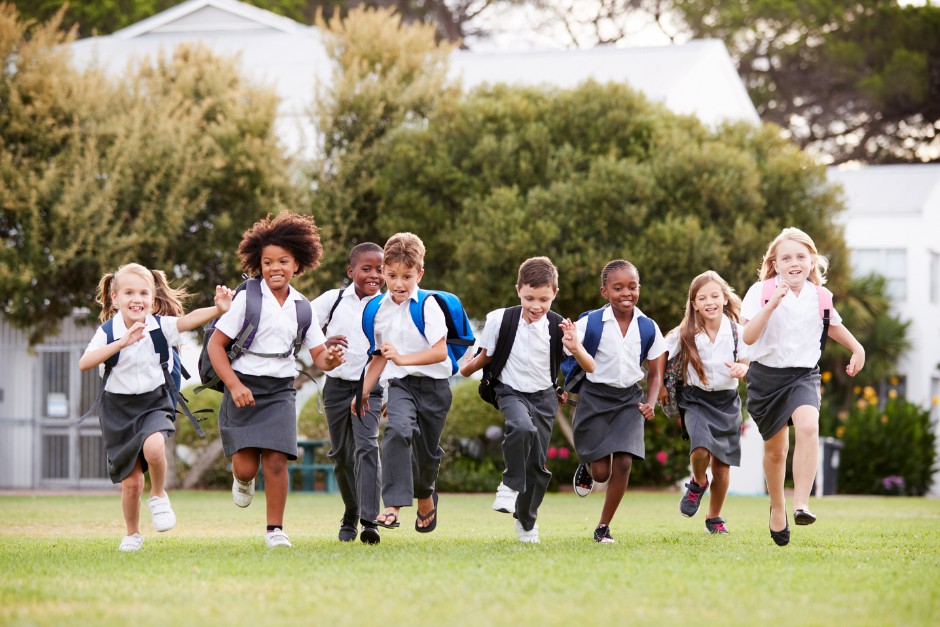 In this article, we’ll embark on a journey to understand how we can best prepare primary school students with vision loss for success in the classroom. We’ll explore the different types of vision loss, discuss the importance of open communication with educators, delve into the creation of a supportive and inclusive learning environment, and discover how modern assistive technology, like the devices Zoomax offers, can revolutionize their educational experience.
In this article, we’ll embark on a journey to understand how we can best prepare primary school students with vision loss for success in the classroom. We’ll explore the different types of vision loss, discuss the importance of open communication with educators, delve into the creation of a supportive and inclusive learning environment, and discover how modern assistive technology, like the devices Zoomax offers, can revolutionize their educational experience.
Together, these elements form a tapestry of support and empowerment, aimed at equipping these remarkable young individuals to shine academically and embrace their educational path with confidence and enthusiasm.
Common Types of Vision Loss in Primary School
Primary school is a time of growth and learning, especially for young children whose visual abilities are still developing. At this age, children are more susceptible to vision issues, and unhealthy visual habits can potentially lead to vision loss. Some common types of vision loss that primary school students may encounter include peripheral vision loss and central vision loss. It’s crucial to recognize that young students are at an age where they are exploring the world around them, and their visual habits are still taking shape. Unhealthy eye habits during these formative years can have a significant impact on their eye health.
Primary School Students with Low Vision
First and foremost, it’s crucial to differentiate between various levels of visual impairment. Many primary school students fall into the category of “low vision,” which means they have some degree of residual vision. Low vision encompasses a range of visual acuity, from mild to moderate impairment. Students with low vision often have difficulty reading small print, discerning details from a distance, or coping with varying lighting conditions.
Peripheral Vision Loss
 One common vision issue that primary school students might face is peripheral vision loss. This condition affects their ability to see objects on the sides of their visual field. Factors such as eye injuries or certain medical conditions can contribute to peripheral vision loss. Primary school students, due to their younger age, often have less self-control when it comes to their visual habits. Their environment at home and in school plays a significant role in shaping these habits. Therefore, parents and teachers can play a vital role in guiding them toward healthy visual practices.
One common vision issue that primary school students might face is peripheral vision loss. This condition affects their ability to see objects on the sides of their visual field. Factors such as eye injuries or certain medical conditions can contribute to peripheral vision loss. Primary school students, due to their younger age, often have less self-control when it comes to their visual habits. Their environment at home and in school plays a significant role in shaping these habits. Therefore, parents and teachers can play a vital role in guiding them toward healthy visual practices.
Central Vision Loss
 Central vision loss, on the other hand, primarily impacts a child’s ability to see objects in the center of their visual field. Conditions like macular degeneration or diabetic retinopathy can lead to central vision loss, even in primary school students. Since young children are at an age where their visual habits and environment are heavily influenced by their families and schools, it becomes even more critical to foster healthy habits and provide necessary support.
Central vision loss, on the other hand, primarily impacts a child’s ability to see objects in the center of their visual field. Conditions like macular degeneration or diabetic retinopathy can lead to central vision loss, even in primary school students. Since young children are at an age where their visual habits and environment are heavily influenced by their families and schools, it becomes even more critical to foster healthy habits and provide necessary support.
Common Eye Diseases in Primary School
Common eye diseases among primary school students include myopia, astigmatism, amblyopia, strabismus, allergic conjunctivitis, eye fatigue, and conjunctivitis. These eye diseases are relatively common among elementary school students and have a variety of causes. Myopia may be caused by the fact that they need to read, write homework and participate in classroom activities for a long time, resulting in excessive use of their eyes at close range. Astigmatism is often associated with uneven curvature of the retina during childhood eye development. Amblyopia often develops in childhood and requires early treatment.
Moreover, it’s essential to encourage routine eye exams for early detection and intervention. Identifying vision issues in their early stages can make a substantial difference in a child’s educational journey. As primary school students embark on their academic path, recognizing these common types of vision loss and the underlying factors is a crucial step in ensuring they receive the support and resources they need to thrive.
How to Prepare for the New Semester
Preparing primary school students for a new semester involves understanding their unique characteristics and vulnerabilities. These young learners are at an age where they are still developing self-control and their visual habits. Unlike older students, they may have shorter attention spans and are more influenced by their surroundings, including their families and schools. Here are some strategies to ensure they are ready for the academic challenges ahead while considering their age and developmental stage.
Effective Communication with Teachers
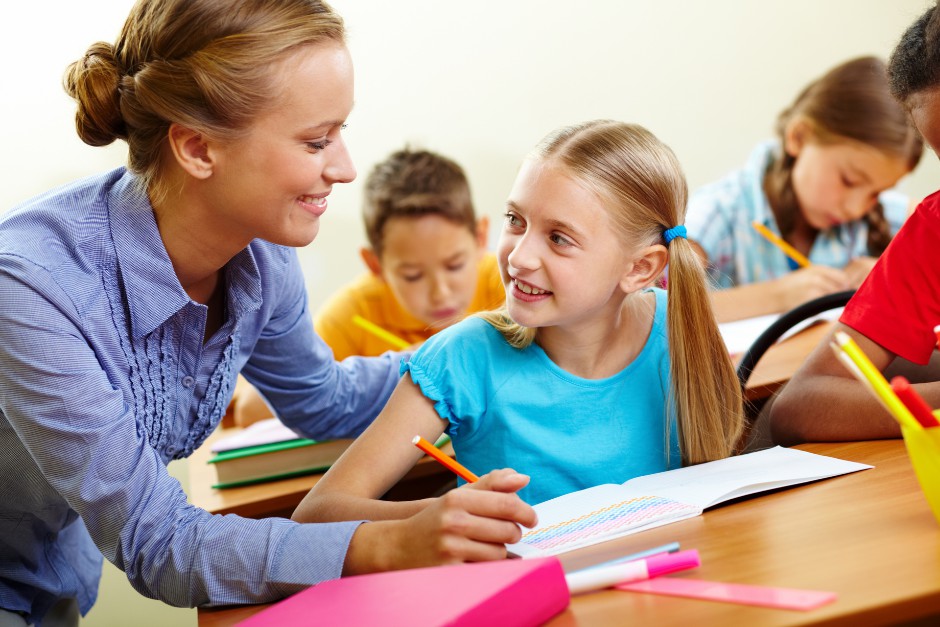 Engaging in open and ongoing communication with teachers is paramount when preparing primary school students for the new semester. Parents and guardians should discuss their child’s unique needs, especially considering their age and developmental stage. Since younger children may have less self-control, teachers can be instrumental in reinforcing healthy visual habits within the classroom.
Engaging in open and ongoing communication with teachers is paramount when preparing primary school students for the new semester. Parents and guardians should discuss their child’s unique needs, especially considering their age and developmental stage. Since younger children may have less self-control, teachers can be instrumental in reinforcing healthy visual habits within the classroom.
Balanced Daily Timetable
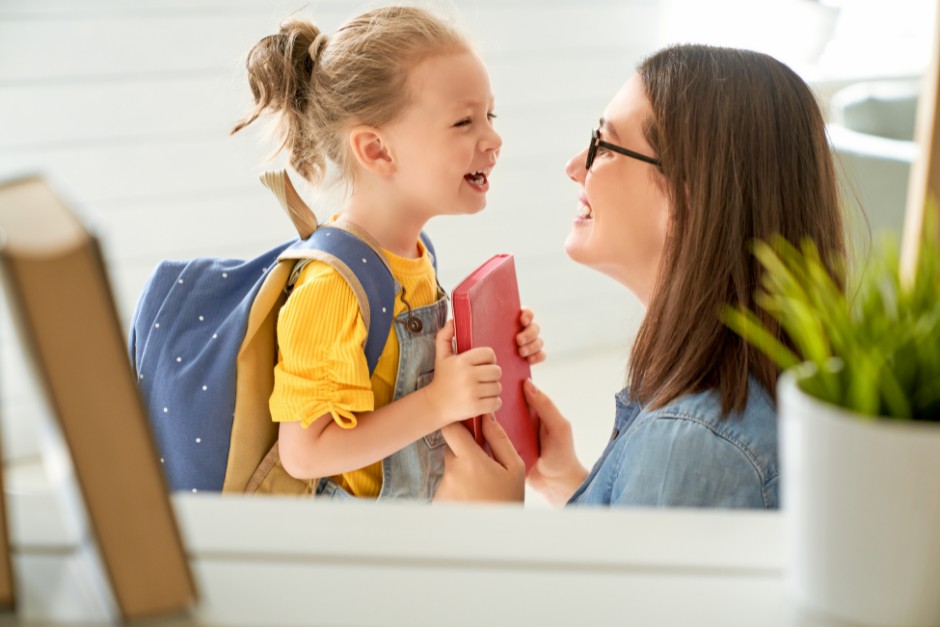 Creating a balanced daily timetable for primary school students is crucial. It’s essential to provide a mix of educational and recreational activities that cater to their developmental stage. Outdoor activities, closely supervised, not only promote physical health but also offer opportunities for sensory exploration and social interaction, which are vital for children of this age.
Creating a balanced daily timetable for primary school students is crucial. It’s essential to provide a mix of educational and recreational activities that cater to their developmental stage. Outdoor activities, closely supervised, not only promote physical health but also offer opportunities for sensory exploration and social interaction, which are vital for children of this age.
Building Focusing Stamina
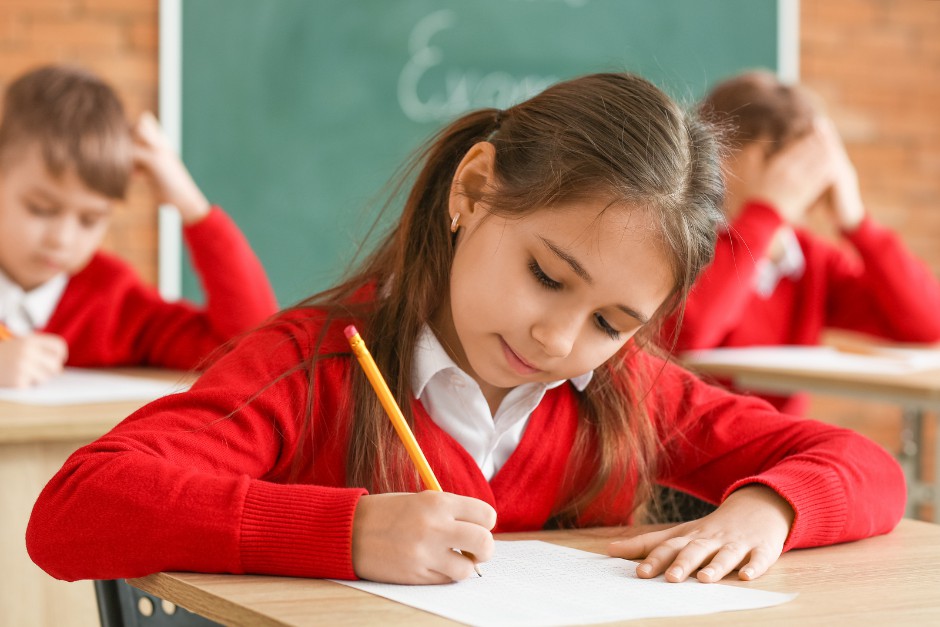 Building a child’s focusing stamina requires patience and understanding, especially for primary school students. Since they may have shorter attention spans compared to older students, it’s essential to employ strategies that match their developmental stage. Gradually increasing the duration of focused activities and incorporating breaks align with their needs.
Building a child’s focusing stamina requires patience and understanding, especially for primary school students. Since they may have shorter attention spans compared to older students, it’s essential to employ strategies that match their developmental stage. Gradually increasing the duration of focused activities and incorporating breaks align with their needs.
Visual Aid Preparation
Collaboration between parents and educators is key to ensuring that primary school students have access to age-appropriate visual aids. These aids, such as large print textbooks and magnifiers, should be selected with their developmental stage in mind to ensure they are both effective and suitable for their age. Large print textbooks, featuring clear, legible fonts and appropriately sized diagrams and illustrations, enable students to access educational content comfortably. Magnifiers, in various forms such as handheld devices or stand-mounted versions, assist in examining detailed visuals and text with enhanced clarity.
By thoughtfully preparing a child with low vision for the new semester, incorporating outdoor activities for holistic development, and implementing effective communication with teachers, we can set the stage for a successful and enriching academic journey. This preparation not only equips students with the tools they need to excel but also fosters a sense of confidence and independence that will serve them well throughout their education and beyond.
Assistive Technology for the Visually Impaired
In the modern world, assistive technology plays a vital role in empowering students with low vision. Devices like Zoomax’s Luna 6 and Luna 8 are excellent choices for primary school students with low vision. Their portability and user-friendly interfaces make them valuable tools for enhancing the learning process.
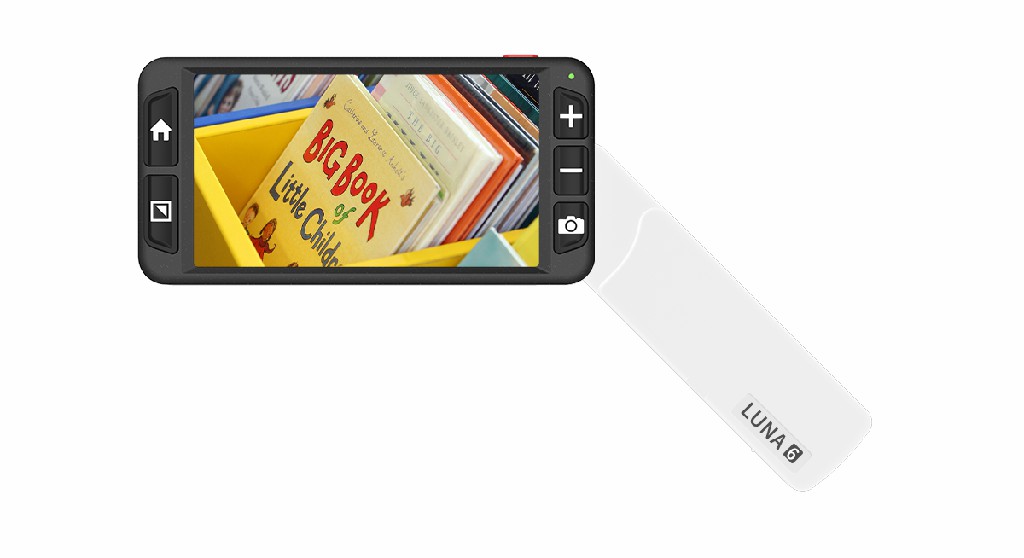
Luna 6 is an easy-to-use and slim electronic magnifier that offers superior image quality and features a built-in handle for easy carrying. Its compact design makes it suitable for students to carry in their backpacks, ensuring they have access to clear, magnified content whenever needed.
Luna 8 boasts high-quality optics, a compact design with a large 8-inch screen, and a lightweight build. With an impressive 8-hour battery life, it ensures that students can rely on it throughout the school day without worrying about recharging.
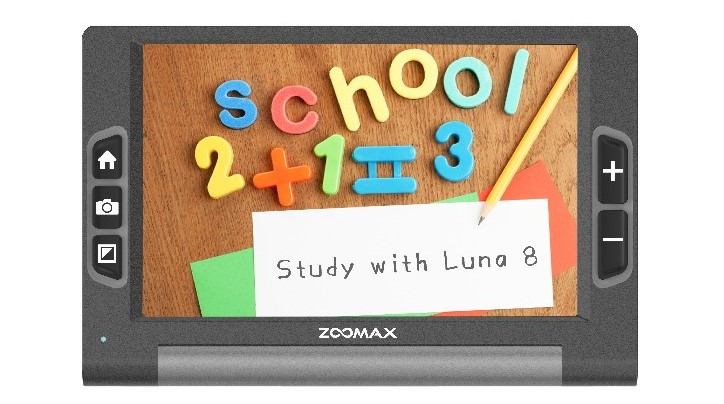
Furthermore, it’s recommended to prepare a desktop video magnifier, such as Luna HD 24 Pro at home, with a large screen and high-quality image demonstration, as well as a large writing space, which can be used for writing, drawing, etc. Reading is also very efficient with the device for visually impaired students. Meanwhile, in many countries, students with low vision can apply for welfare to purchase low vision assistive devices. For instance, Disabled Students’ Allowances (DSA) in the UK offers relevant help and benefits. Or, Statped is the Norwegian government’s special education support agency that provides support for students with special needs. The Deutsche Blindenstudienanstalt (DBSV) of Germany is another organization that gives suggestions for low vision aids for the visually impaired. Of course, the US provides similar services for low vision students in different states as well. The best way to reach them is to contact your local government or relevant organizations.
In conclusion, preparing primary school students with low vision for a successful academic journey involves understanding the eye conditions of these students and addressing their specific needs. Effective communication with teachers, creating a balanced daily timetable, and building focusing stamina are essential steps in ensuring their holistic development. Additionally, the use of assistive technology, such as electronic magnifiers like Luna 6, Luna 8, and Luna HD 24 Pro can significantly enhance their learning experience.
By implementing these strategies and utilizing modern technology, we can empower primary school students with low vision to excel in their studies, overcome challenges, and foster a lifelong love for learning. This not only enriches their educational journey but also sets them on a path toward a brighter future.
References:
https://www.allaboutvision.com/resources/visually-impaired-children-school-prep/
https://www.twinkl.co.ke/teaching-wiki/support-a-child-with-visual-impairment-in-school

